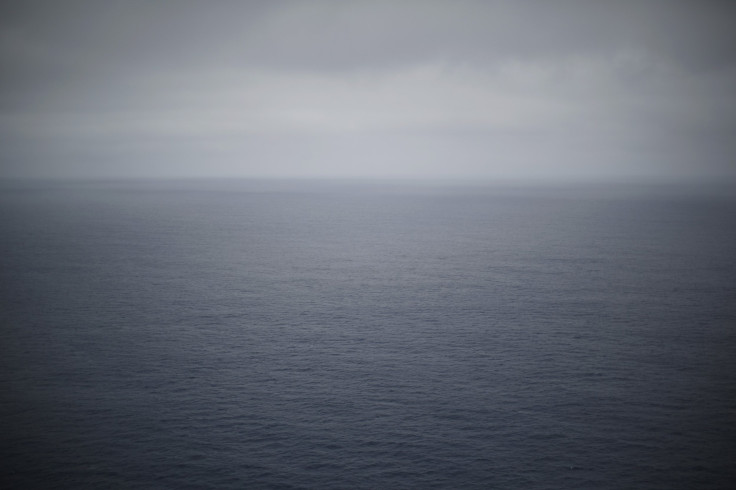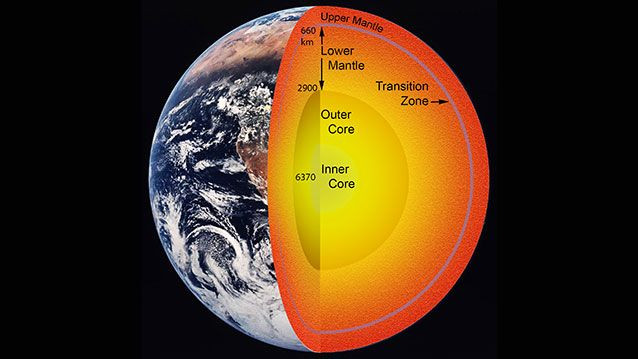Scientists Find Evidence For Oceans Of Water Far Below Earth’s Crust

A group of researchers have discovered evidence for oceans' worth of water deep beneath the U.S., which, according to them, could represent the largest water reservoir on Earth.
The researchers have found the ingredients for water in rocks deep in the Earth’s mantle nearly 400 miles beneath North America, suggesting that water, driven from the Earth’s surface by plate tectonics, could be there at such depths. The findings, published in the journal Science on Friday, are expected to help scientists better understand the Earth’s formation and its current composition, and to reveal the amount of water buried deep below.
“Geological processes on the Earth’s surface, such as earthquakes or erupting volcanoes, are an expression of what is going on inside the Earth, out of our sight,” Steve Jacobsen, a geophysicist at the Northwestern University in Illinois and the study’s co-author, said in a statement. “I think we are finally seeing evidence for a whole-Earth water cycle, which may help explain the vast amount of liquid water on the surface of our habitable planet. Scientists have been looking for this missing deep water for decades.”
According to Jacobsen and the University of New Mexico seismologist Brandon Schmandt, they have “direct evidence” that a rocky layer of the Earth’s mantle -- known as “transition zone” -- located at depths between 250 miles and 410 miles has water trapped in it on a regional scale, extending across most of the interior of the U.S.
As part of the study, Schmandt observed seismic data from earthquakes to investigate the structure of the Earth’s deep crust and mantle while Jacobsen used those observations in the laboratory to study mantle rock under the simulated high pressures of 400 miles below the Earth’s surface.

“Melting of rock at this depth is remarkable because most melting in the mantle occurs much shallower, in the upper 50 miles,” Schmandt said in the statement. “If there is a substantial amount of H2O in the transition zone, then some melting should take place in areas where there is flow into the lower mantle, and that is consistent with what we found.”
According to the researchers, if water accounts for only 1 percent of the weight of mantle rock located in the transition zone, it would be equivalent to nearly three times the amount of water in Earth’s oceans.
However, the scientists said that the water in such great depths is not found in the form of liquid, ice or vapor. Rather, it is a form of water that is trapped inside the molecular structure of the minerals in the mantle rock.
“The weight of 250 miles of solid rock creates such high pressure, along with temperatures above 2,000 degrees Fahrenheit, that a water molecule splits to form a hydroxyl radical (OH), which can be bound into a mineral’s crystal structure,” the scientists said.
© Copyright IBTimes 2024. All rights reserved.






















